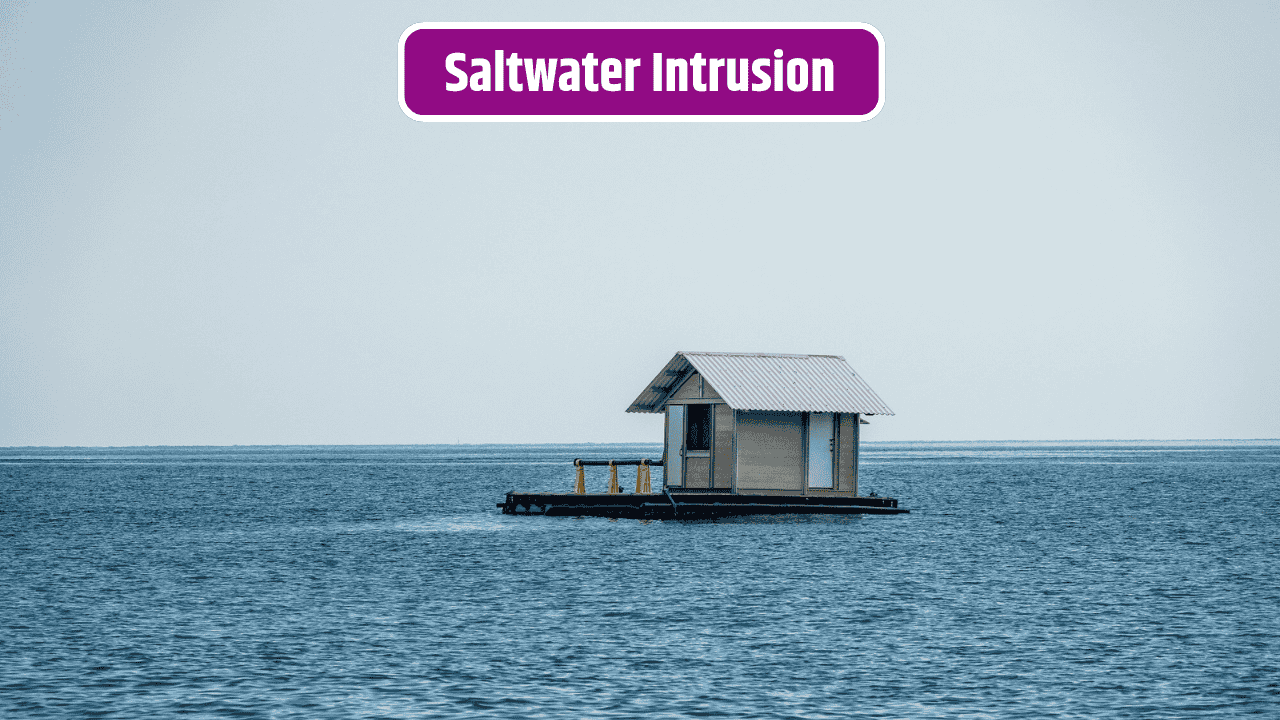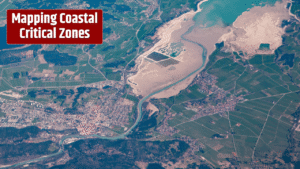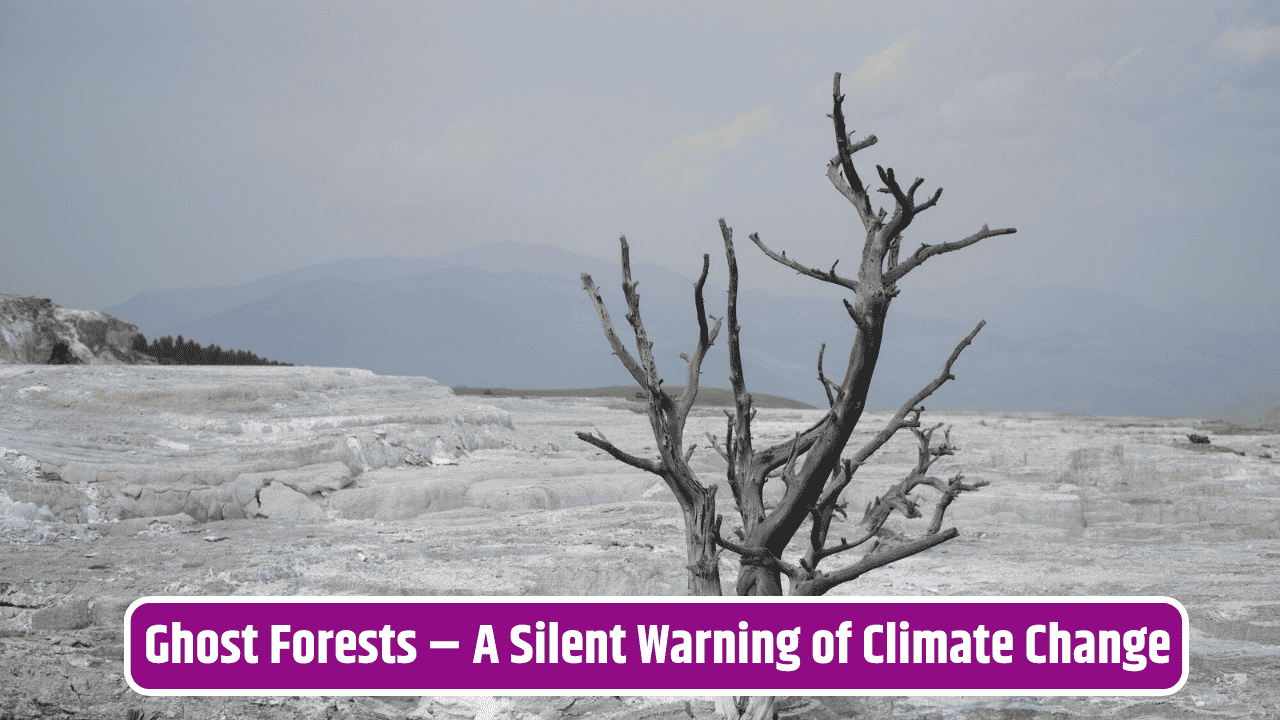It’s one thing when storms or hurricanes batter coastal towns—you can see the damage, you can patch roofs, you can rebuild docks. But what happens when the water sneaks in silently, underground? That’s exactly what’s happening with saltwater intrusion, and the story isn’t just about disappearing beaches. It’s about drinking water turning brackish, foundations corroding from the inside out, and entire neighborhoods suddenly finding themselves on shaky ground, literally.
Table of Contents
What Is Saltwater Intrusion, Really?
Saltwater intrusion is when seawater creeps into freshwater aquifers. Normally, underground freshwater pushes back against ocean water, keeping it at bay. But rising sea levels and over-pumping of groundwater have tipped the balance. The U.S. Geological Survey explains it as a simple physics problem: saltwater is heavier than freshwater, so once the freshwater line is weakened, saltwater starts pushing inland.
Communities from Florida to the Chesapeake Bay are seeing wells go salty, while in California, farmland irrigation is getting harder because crops can’t survive on saline water. It’s not just an environmental issue—it’s directly tied to property values, insurance rates, and the daily reality of families who thought “waterfront living” was a blessing, not a curse.
Why Coastal Homes Are in Trouble
Saltwater intrusion doesn’t just affect wells. It seeps into soil and building foundations, corroding concrete and rusting rebar from the inside. That kind of damage isn’t always visible until it’s too late. Researchers at NOAA have found that once salt reaches groundwater, reversing the process is nearly impossible without massive investment.
For homeowners, that means:
- Tap water that starts tasting metallic or briny.
- Yards and gardens where grass refuses to grow.
- Plumbing systems clogged with mineral buildup.
- Property values dropping as “unseen” risks get factored into sales.
Banks and insurers are already factoring these risks into lending and coverage decisions. A mortgage in Miami or Charleston might not look the same 10 years from now.
The Science Behind the Shift
Here’s a rough sketch of what scientists are tracking:
| Factor | How It Fuels Saltwater Intrusion |
|---|---|
| Sea-Level Rise | Higher ocean levels push saltwater inland. |
| Groundwater Pumping | Overuse of wells reduces freshwater pressure. |
| Drought | Less rainfall means less freshwater recharge. |
| Soil Composition | Sandy soils allow saltwater to move faster. |
| Urbanization | Paved surfaces reduce natural recharge of aquifers. |
According to the EPA, even modest sea-level rise (just a few inches) can push salty water miles inland in low-lying areas. Add in the strain of population growth and you’ve got a slow-moving crisis.
What Can Be Done?
Solutions aren’t simple, but scientists and policymakers aren’t ignoring the problem:
- Managed aquifer recharge: pumping treated freshwater back underground to hold the saltwater line.
- Water-use restrictions: limiting groundwater pumping during drought.
- Coastal defenses: levees and barriers slow down seawater, though they’re pricey.
- Community adaptation: some towns are already moving wells inland or even planning long-term relocation.
Florida has been experimenting with injecting reclaimed water underground, while North Carolina has focused on strategic land-use planning. The challenge is balancing immediate costs with long-term survival.
The Human Side of the Story
Here’s the thing: most families living near the coast aren’t reading hydrogeology journals. They just want safe water and a stable home. Imagine saving for decades to buy a house, only to find out the taps are undrinkable and the insurance company is backing away. That sense of betrayal, of nature and policy working against you, is what’s driving frustration in coastal towns.
Some residents have started grassroots monitoring programs—testing water, sharing results online, and pressing local governments to act. Because waiting for federal studies while your well water turns salty isn’t exactly an option.
Fact Check
This isn’t one of those overblown “doomsday” internet rumors. Saltwater intrusion is well-documented by USGS and acknowledged by federal and state agencies. While impacts vary depending on geography, the trend is real, measurable, and growing.
FAQs
How far inland can saltwater intrusion travel?
It depends on elevation and soil type, but in flat regions like South Florida, intrusion has been measured several miles inland.
Is saltwater intrusion reversible?
Rarely. Once an aquifer is contaminated, it takes costly interventions to push saltwater back.
Can desalination fix the problem for communities?
In theory, yes, but desalination plants are expensive and energy-intensive. They’re more of a last resort than a first fix.
Does climate change make intrusion worse?
Yes. Rising seas, stronger storms, and hotter droughts all add pressure on coastal aquifers.
What can homeowners do right now?
Regularly test well water, reduce groundwater pumping, and stay updated on local adaptation plans. In high-risk zones, consider professional foundation checks too.










